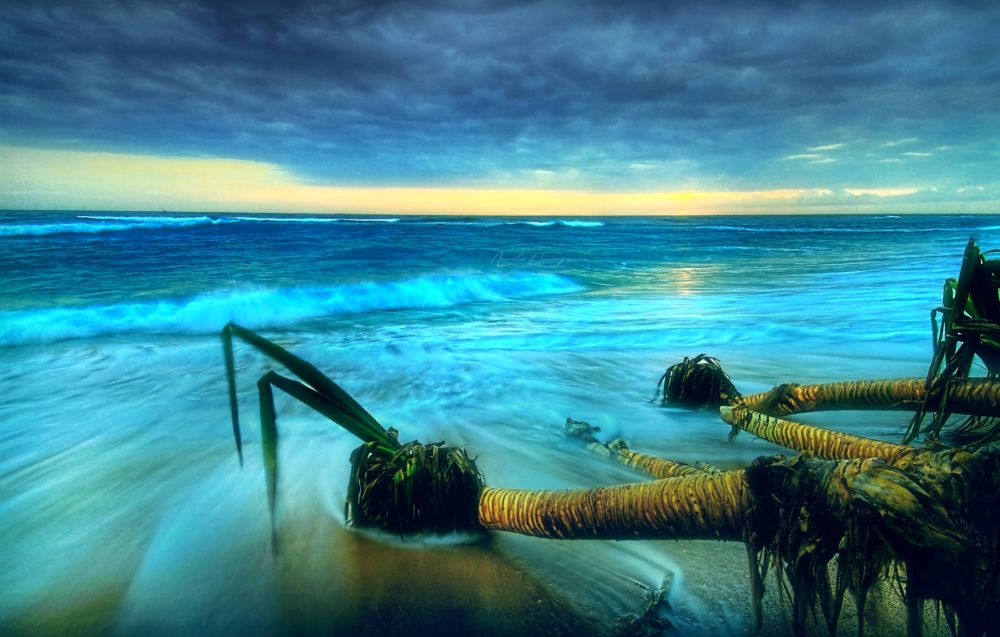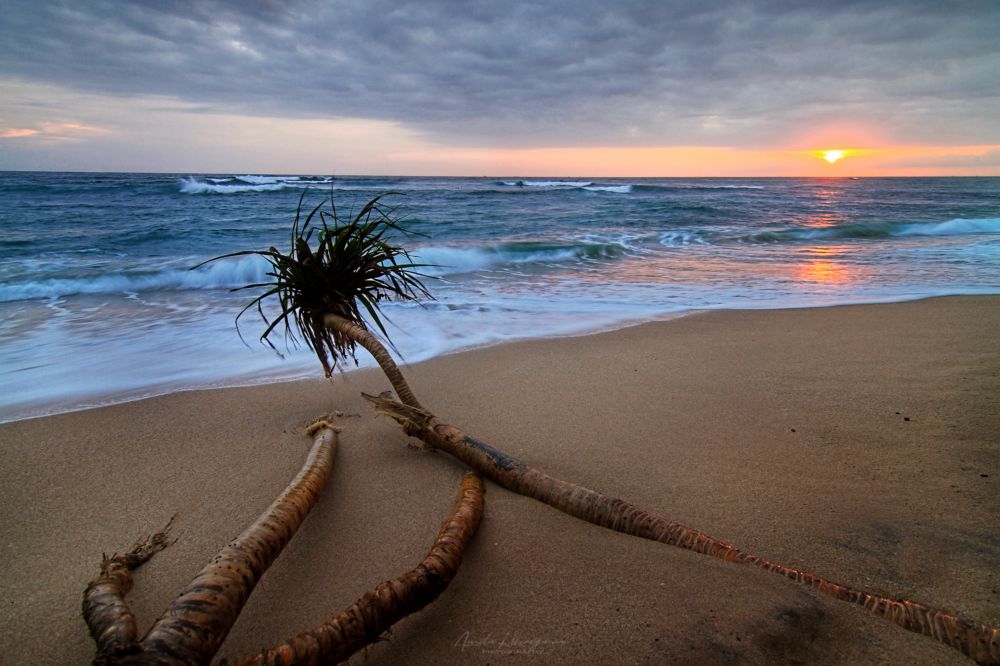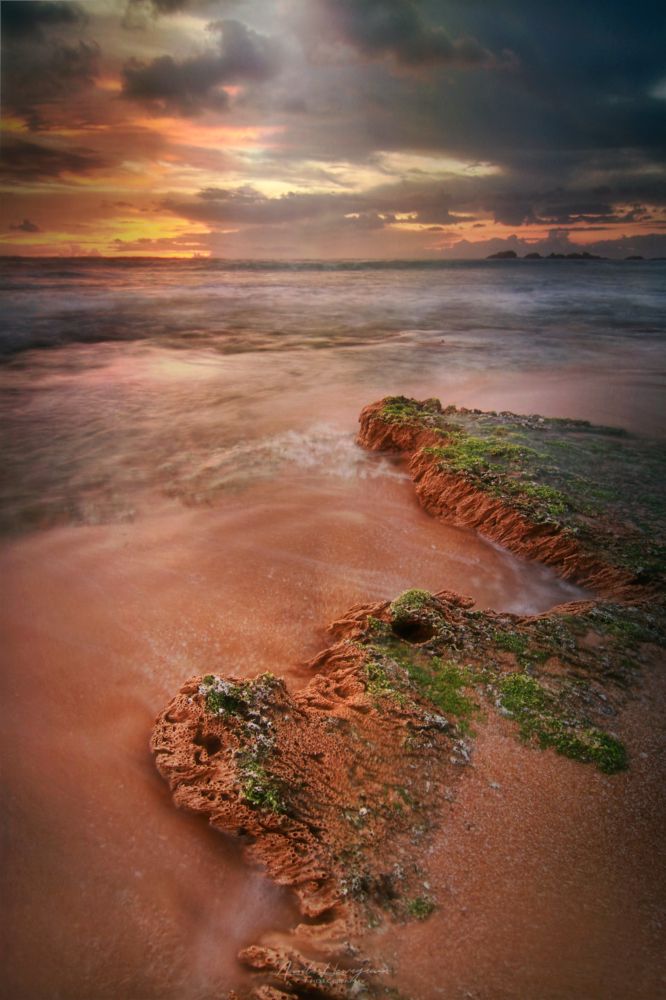
Mastering Seascape Photography
10 Essential Tips for Capturing Stunning Coastal Photos
By Amila Hewagama
July 12, 2023

10 Essential Tips for Capturing Stunning Coastal Photos
Seascape photography offers the chance to capture the dynamic beauty of the coast. These ten essential tips will guide you in creating breathtaking images of the ocean's power and serenity.

Koggala Beach - an ideal location with unique rock formations and captivating skies.

Hikkaduwa Beach at golden hour, demonstrating soft, enhancing light.
With these tips and practice, you'll be well-equipped to capture the stunning and ever-changing beauty of the sea.